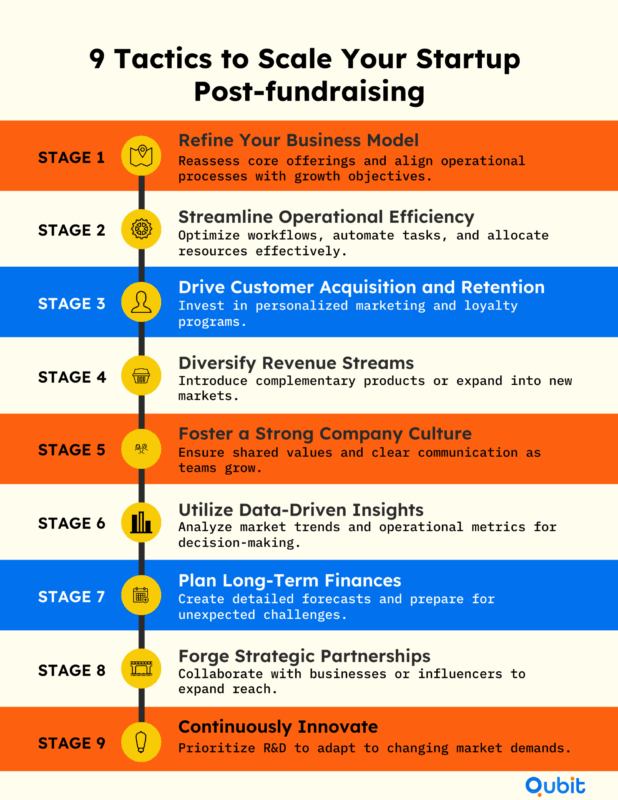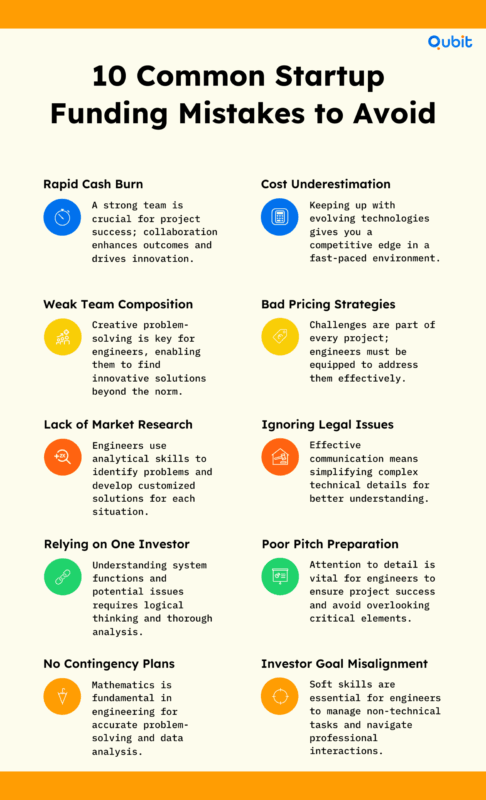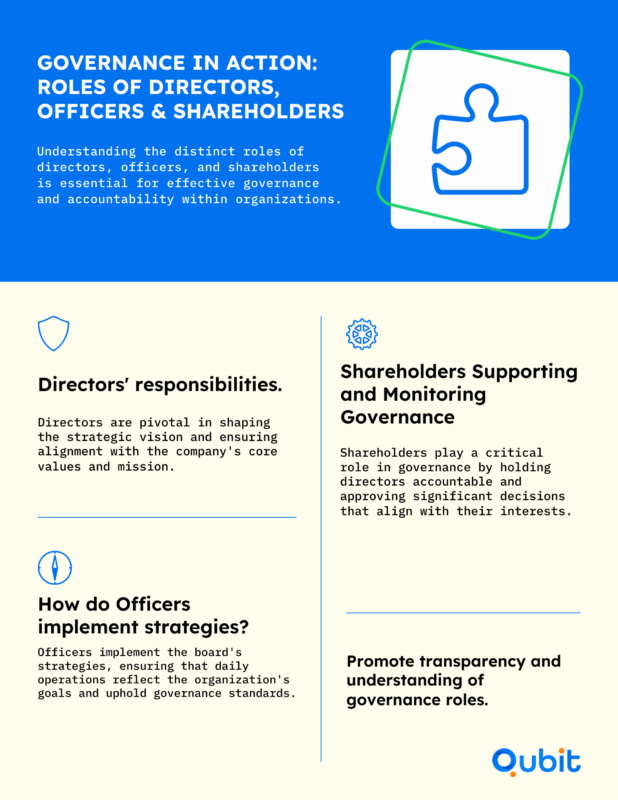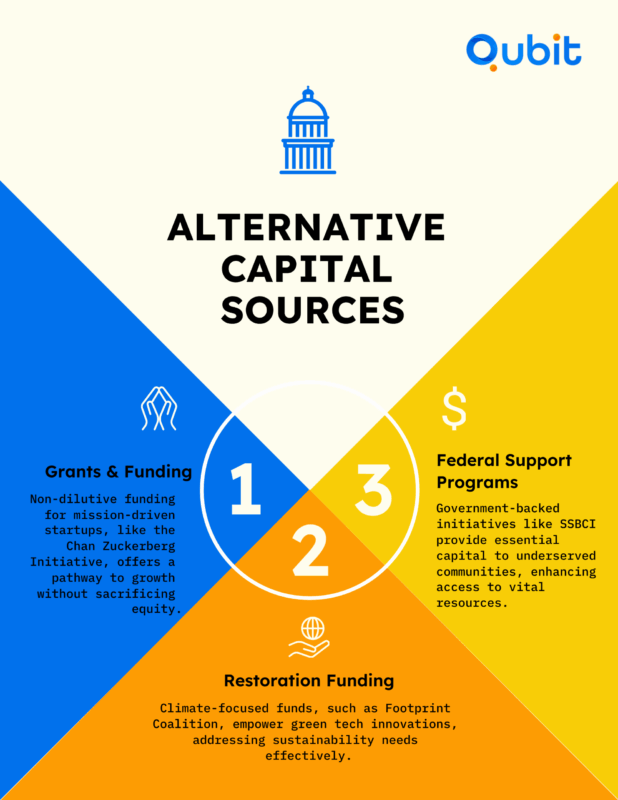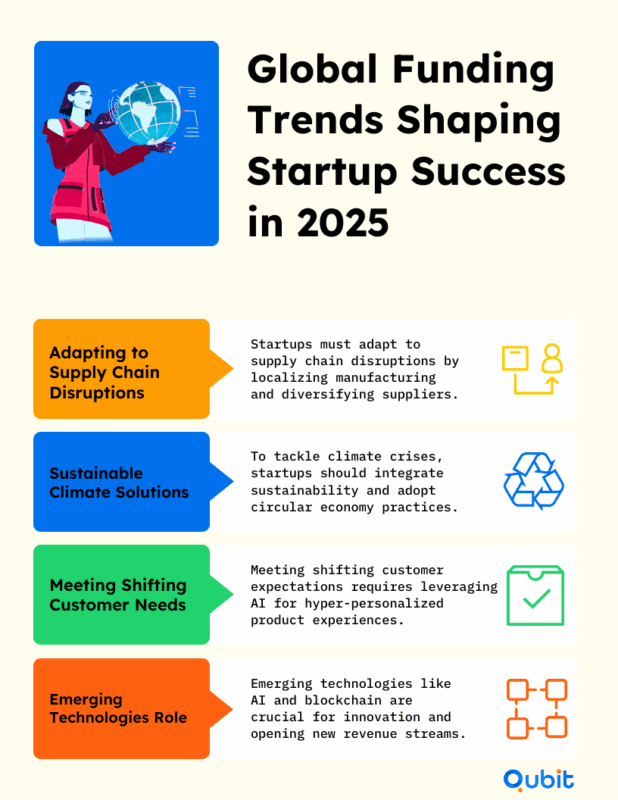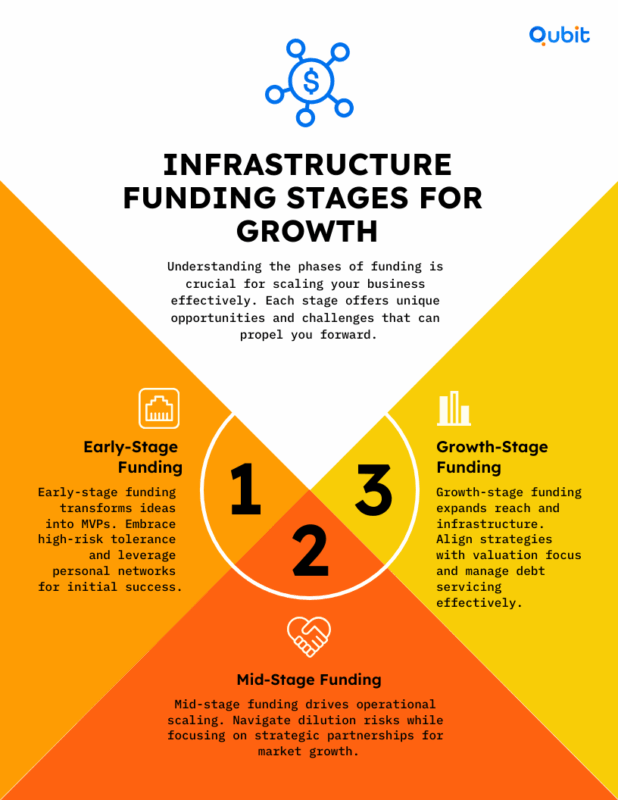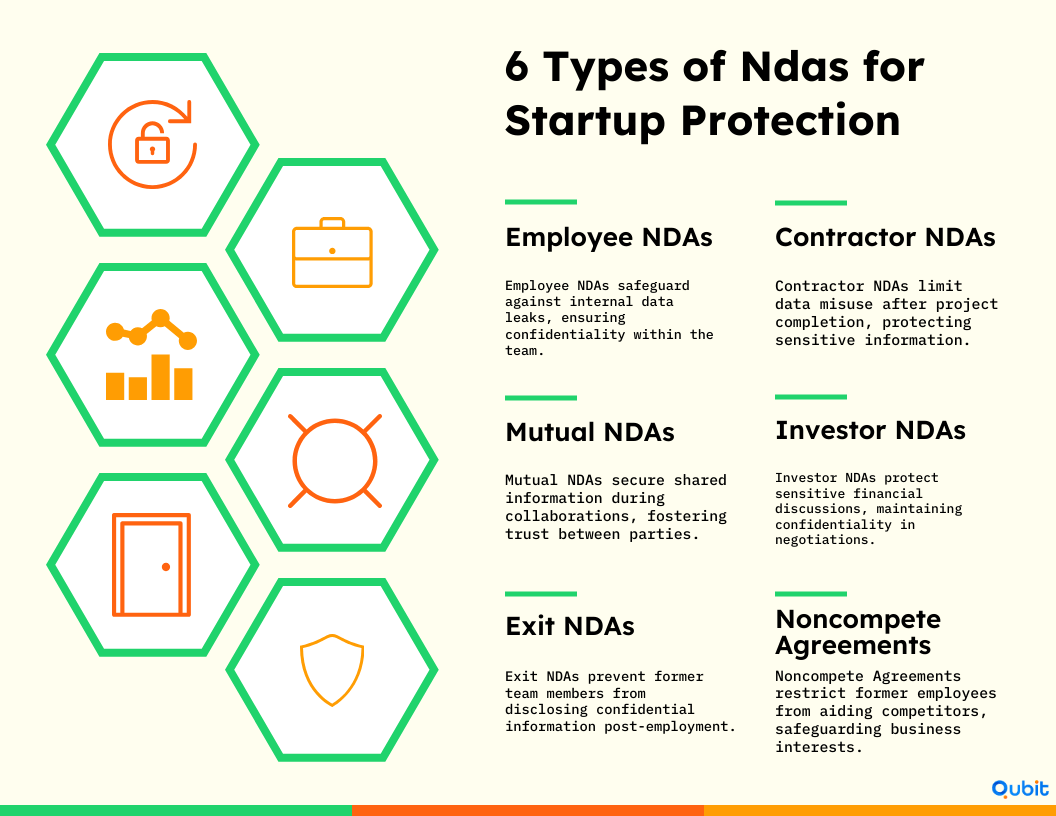Starting a business is exhilarating, but ensuring compliance with startup laws is equally critical to long-term success. From intellectual property rights to tax obligations, startups must address a range of legal requirements to avoid costly pitfalls. Overlooking these can jeopardize operations, damage reputations, and deter potential investors.
Ensuring legal compliance is a critical component of successful startup fundraising strategies, helping founders secure capital with confidence. By establishing a strong legal foundation, startups can focus on growth while minimizing risks tied to regulatory challenges.
This article explores the essentials of legal compliance for startups, offering actionable insights to help founders stay ahead of potential issues. Whether you’re just starting out or scaling operations, understanding these principles is vital to safeguarding your business.
Understanding Compliance Essentials for Startups
Legal compliance is a cornerstone for startups aiming to establish credibility and sustain growth. It encompasses adhering to industry standards and regulatory requirements, ensuring businesses operate within the legal framework. For startups, compliance certifications are more than just formalities—they build customer trust by demonstrating commitment to quality and ethical practices.
Meeting compliance standards also positions startups to compete effectively in their industry, avoiding potential legal pitfalls. Integrating compliance into a robust startup operations strategy ensures sustainable growth while aligning with regulatory expectations.
Importance of Legal Compliance: Avoiding Pitfalls & Building Trust
Legal compliance is more than just a regulatory requirement—it’s a cornerstone for sustainable growth and credibility. For startups, adhering to legality ensures operations remain within established boundaries, safeguarding against potential legal disputes that could derail progress. Neglecting compliance doesn’t just risk penalties; it can also erode customer trust and investor confidence, two critical pillars for success.
Strong corporate governance practices play a key role in maintaining legal compliance and building investor confidence. By prioritizing compliance, startups not only protect their operations but also foster trust among stakeholders. This trust translates into long-term partnerships and a reputation for reliability, which are essential in competitive markets.
Selecting the Optimal Compliance Framework for Your Startup
Choosing the right compliance framework is critical for startups aiming to establish trust and meet industry-specific requirements. Different frameworks address unique needs, making it essential to align your selection with your startup’s services and target industry.
Key Compliance Frameworks to Consider
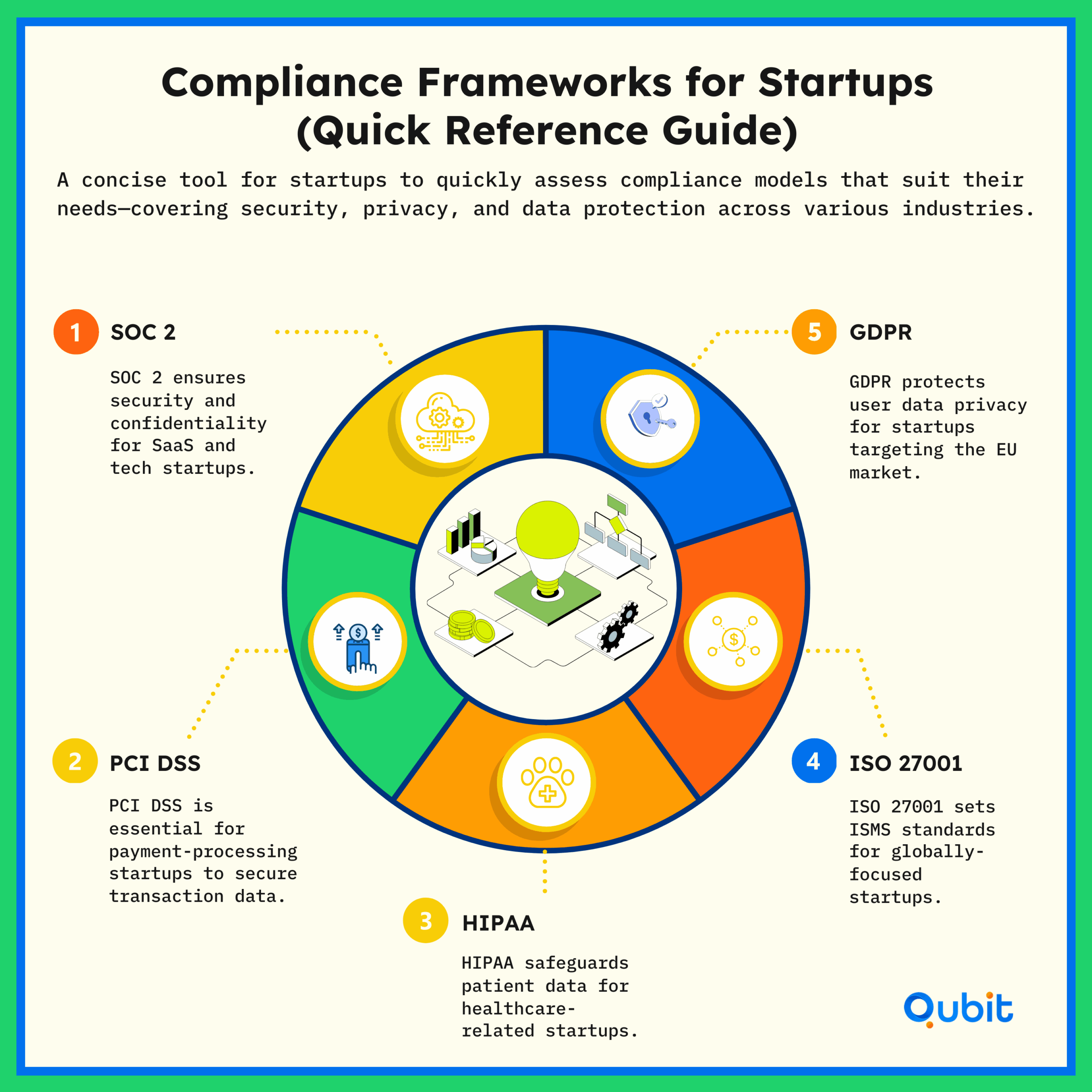
- SOC 2
SOC 2 is ideal for startups handling sensitive customer data, particularly in SaaS or tech industries. It emphasizes security, availability, and confidentiality. To streamline compliance, download the SOC 2 PDF checklist and integrate its criteria into your operations. Displaying the AICPA logo on your compliance webpage can further enhance trust among clients. - PCI DSS
Startups processing payment card data must adhere to PCI DSS standards. Implementing secure practices is simplified with the PCI DSS checklist, ensuring robust protection against data breaches. - HIPAA
For startups in healthcare or managing patient information, HIPAA compliance is non-negotiable. Use the HIPAA compliance checklist to design secure data systems that meet regulatory standards. - ISO 27001
ISO 27001 is a global standard for information security management systems (ISMS). Incorporate the ISO 27001 checklist to ensure your startup’s processes align with international best practices. - GDPR
Startups targeting European markets must comply with GDPR to protect user privacy. This framework is essential for businesses collecting personal data within the EU.
Connecting Compliance to Broader Startup Goals
Compliance frameworks not only protect your startup from legal issues but also support operational growth. For example, avoiding common startup funding mistakes often requires proactive legal compliance during early stages.
Selecting the right framework ensures your startup builds trust, safeguards data, and meets regulatory demands, setting the foundation for sustainable growth.
Initiating Compliance: Step-by-Step Strategy for Startups
Compliance is a critical foundation for startups aiming to thrive in competitive industries. The journey begins with understanding how startup laws apply to your business size, industry, and growth stage. As operations expand, compliance needs evolve, requiring tailored strategies to align legal frameworks with business objectives.
1. Assessing Initial Compliance Needs
Startups must first evaluate their specific requirements based on industry regulations and operational scale. For example, early-stage companies in tech might prioritize data protection laws, while those in healthcare focus on HIPAA compliance.
2. Adapting to Growth
As startups grow, their legal obligations become more complex. This shift demands proactive planning to ensure compliance remains intact. The Compliance Trend highlights how stage-specific strategies can help businesses align legal operations with expansion goals.
3. Automating Compliance Processes
Third-party automation platforms simplify intricate compliance tasks, saving time and reducing errors. A case study on Recruit CRM demonstrates how unified automation can streamline startup operations effectively.
4. Strengthening Investor Trust
Legal compliance plays a pivotal role in fostering transparency and trust, especially after funding rounds. This strengthens investor relations after funding, ensuring robust partnerships.
Accelerating Compliance Implementation with Automation Solutions
Startups often face the challenge of balancing rapid growth with adherence to startup laws and global compliance standards. Automation solutions, such as those offered by Sprinto, provide a faster, more efficient path to achieving continuous compliance and audit readiness. By integrating automated systems, startups can reduce manual effort, minimize errors, and maintain compliance without disrupting their operations.
Sprinto specializes in tailored compliance solutions designed specifically for startups. These solutions ensure businesses remain audit-ready at all times, streamlining processes and enabling teams to focus on scaling their ventures. For instance, the Kodif Case demonstrates how automation can simplify compliance audits, saving time and resources. Similarly, the Phyllo Case highlights how automation facilitates successful compliance certification, showcasing its practical application in real-world scenarios.
Continuous compliance is not just a regulatory requirement; it’s a strategic advantage. Automated systems ensure startups can comply globally with ease, while also providing valuable compliance tips to optimize their processes. By adopting automation, startups can transform compliance from a burden into a streamlined, scalable solution that supports their growth ambitions.
Mitigating Legal Risks through Proactive Compliance
Startups often face significant legal challenges, but adopting a proactive compliance strategy can reduce these risks. By adhering to startup laws and regulations, businesses minimize exposure to lawsuits, fines, and penalties that could otherwise jeopardize their operations. Proactive measures ensure startups remain in compliance with evolving legal requirements, offering a safeguard against costly disputes.
This approach not only protects financial resources but also fosters trust among stakeholders, including investors and customers. For startups, staying ahead of legal obligations is essential to maintaining smooth operations and avoiding interruptions caused by regulatory scrutiny. A robust compliance framework empowers businesses to focus on growth while mitigating potential legal pitfalls.
Enhancing Trust & Reputation through Legal Adherence
Adhering to legal requirements is more than just a regulatory necessity—it’s a fundamental fundraising best practice for startups. Startups that prioritize legal compliance demonstrate reliability to customers, investors, and employees alike. A transparent approach to startups legal practices reassures stakeholders that the business operates ethically and responsibly.
In competitive markets, a strong compliance record can set a startup apart. Investors are more likely to support ventures that minimize risks, while customers gravitate toward brands they perceive as trustworthy. Employees, too, value organizations that uphold legal standards, fostering a culture of integrity. For startups, law adherence isn’t just about avoiding penalties; it’s about cultivating a reputation that drives long-term success.
Maintaining Operational Continuity with Compliance
Adhering to startup laws is more than a regulatory obligation—it’s a safeguard against operational disruptions. Compliance ensures that your business processes remain uninterrupted, allowing startups to focus on growth and scaling. When legal requirements are met, startups can avoid penalties, lawsuits, or sudden halts in operations, which could otherwise derail progress.
Legal adherence also fosters productivity by creating a structured environment where business operations can flow smoothly. This consistency is critical for startups aiming to scale efficiently, as it minimizes risks and builds a solid foundation for sustainable growth. In order to ensure compliance with the law, startups should integrate legal checks into their operational strategies, making compliance a proactive part of their business model rather than a reactive measure.
Securing Intellectual Property via Legal Protections
Protecting intellectual property is essential for startups aiming to maintain their competitive edge. Legal compliance ensures that patents, trademarks, and copyrights are safeguarded, preventing unauthorized use or exploitation by competitors. For startups, law plays a pivotal role in establishing ownership rights and fostering innovation without fear of infringement.
Securing intellectual property rights not only shields your creations but also strengthens your brand identity. Patents protect inventions, trademarks secure brand elements, and copyrights safeguard creative works, forming a comprehensive defense against misuse. By prioritizing legal protections, startups can confidently focus on growth while minimizing risks of intellectual theft.
Adhering to Financial & Tax Compliance Standards
Staying compliant with financial and tax regulations is essential for startups aiming to build a solid foundation. Adherence to these standards not only minimizes the risk of audits and penalties but also strengthens the credibility of the business in the eyes of investors and stakeholders. Proper financial practices ensure operational stability, enabling startups to focus on growth without the distraction of legal complications.
Implementing clear processes in order to be in compliance with tax laws demonstrates professionalism and accountability, which are critical for long-term success. For startups, law-abiding financial systems act as a safeguard against unexpected disruptions, fostering trust and reliability in the marketplace.
Avoiding Employment Disputes through Fair Practices
Employment disputes can be avoided by prioritizing fairness and compliance. Adhering to employment laws not only reduces the risk of legal challenges but also fosters trust and transparency within the workplace. Practices such as offering fair wages, maintaining safe work environments, and implementing clear policies demonstrate respect for employees while ensuring the startup operates within legal boundaries.
Startups that prioritize legal compliance attract top talent, as professionals are drawn to organizations that value their well-being and rights. Establishing clear guidelines for workplace conduct and compensation further minimizes misunderstandings and disputes.
Proactive Monitoring: Staying Ahead of Regulatory Shifts
Staying informed about regulatory changes is critical for startups aiming to comply global standards and avoid costly compliance breaches. Legal frameworks evolve rapidly, and businesses that fail to adapt risk penalties, operational disruptions, or reputational damage. Continuous monitoring of legal updates ensures startups remain aligned with startup laws, safeguarding their growth and stability.
Proactive adjustments are key to thriving in this dynamic environment. Implementing automated monitoring tools that alert your team to regulatory changes in real-time can streamline this process. Such tools empower startups to act swiftly, ensuring compliance with the law while maintaining operational efficiency.
For startups scaling operations post-fundraising, compliance becomes even more crucial. As highlighted in our article on scaling startup after fundraising, staying ahead of regulatory shifts lays a solid foundation for sustainable growth. By prioritizing proactive monitoring, startups can confidently navigate the complexities of an evolving legal landscape.
Unlocking Growth Opportunities through Compliance
Legal compliance serves as a powerful catalyst for expanding business horizons. For startups, adhering to startup laws not only builds trust but also positions them as reliable partners in the eyes of investors, collaborators, and customers. This credibility paves the way for securing new contracts and exploring untapped markets.
When startups legal frameworks are robust, they demonstrate accountability and foresight, qualities that attract stakeholders eager to invest in stable ventures. Compliance tips, such as maintaining transparent operations and adhering to industry standards, further enhance this appeal. Additionally, meeting regulatory requirements ensures smoother entry into new markets, as businesses are often evaluated on their adherence to legal norms before partnerships are finalized.
Conclusion
Establishing a solid compliance framework is essential for startups aiming to grow sustainably while maintaining investor confidence. From understanding legal obligations to implementing automation tools, the strategies discussed throughout this blog highlight the importance of proactive measures. Legal compliance is not just about avoiding penalties; it’s a cornerstone for building trust and ensuring long-term success.
At Qubit Capital, we understand the challenges startups face in securing their future. If you’re ready to take the next step, we at Qubit Capital are here to help with our Fundraising Assistance service. Reach out today and safeguard your growth.
Key Takeaways
- Robust legal compliance minimizes risks and builds investor trust.
- Selecting the right compliance framework is essential based on industry and service offerings.
- Automation tools significantly enhance compliance efficiency and audit readiness.
- Continuous monitoring of regulatory changes is critical for operational stability.
- Strong compliance practices unlock new growth and funding opportunities.






